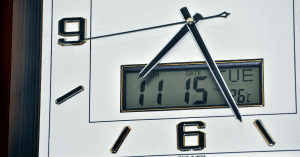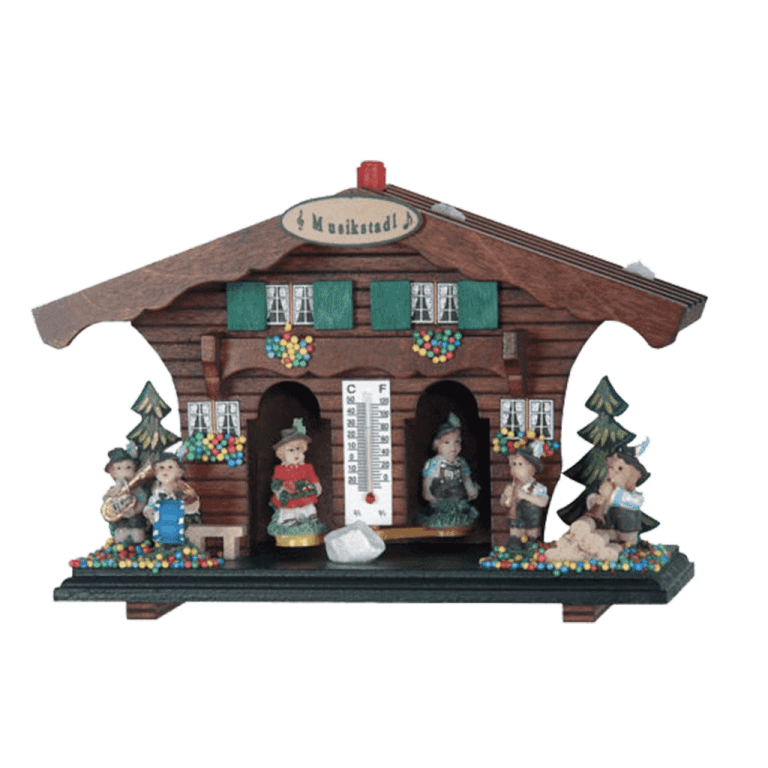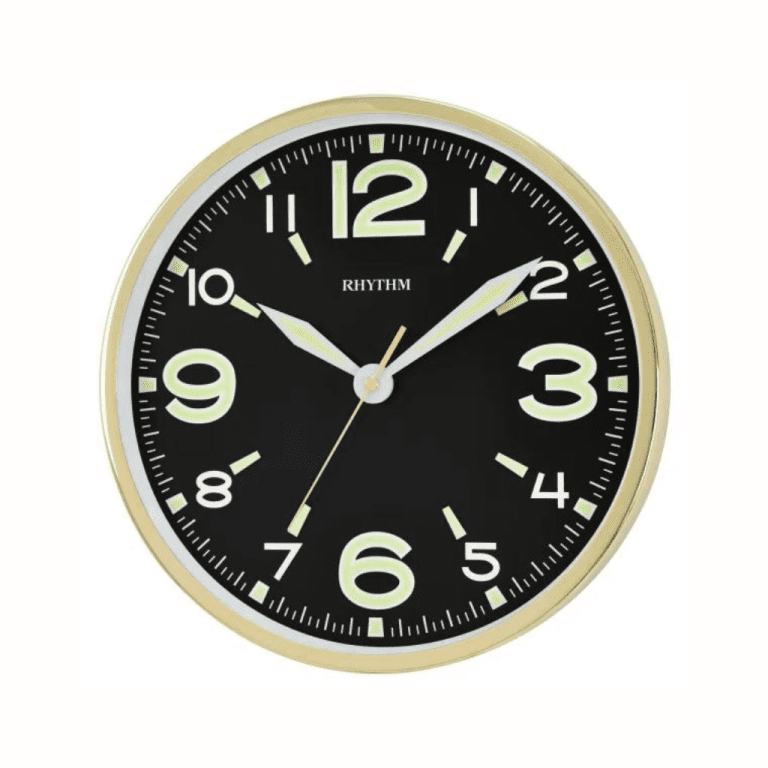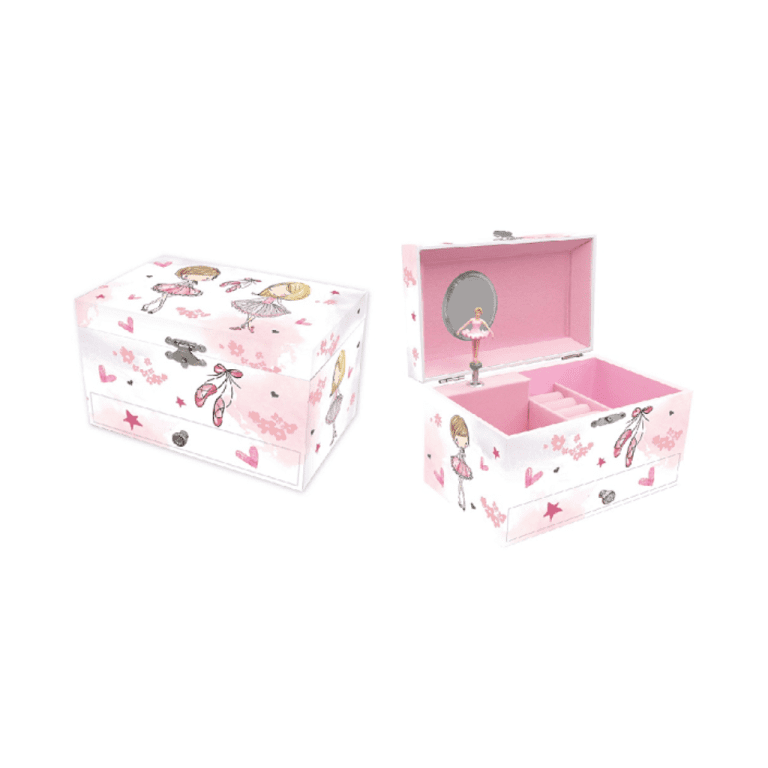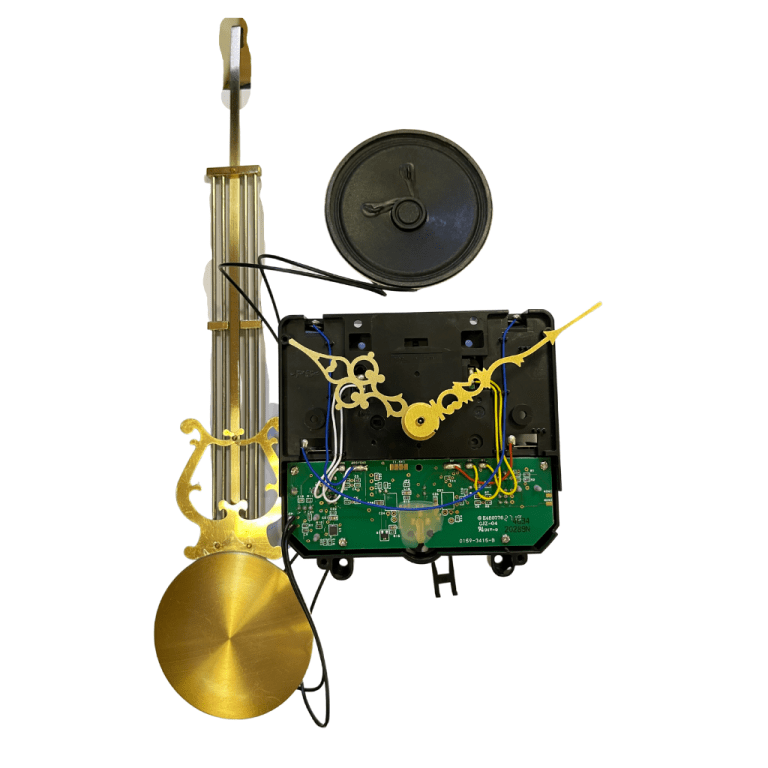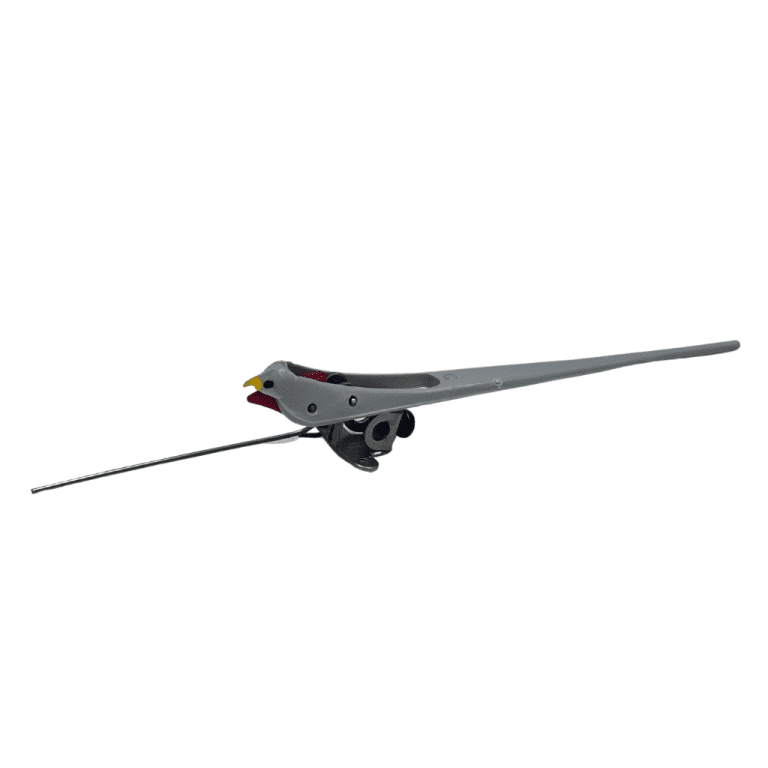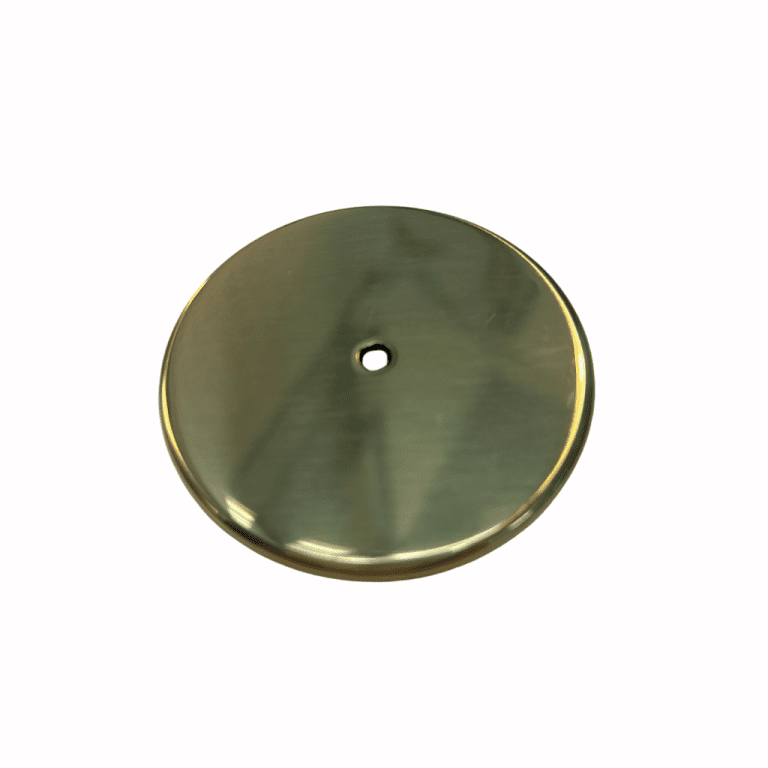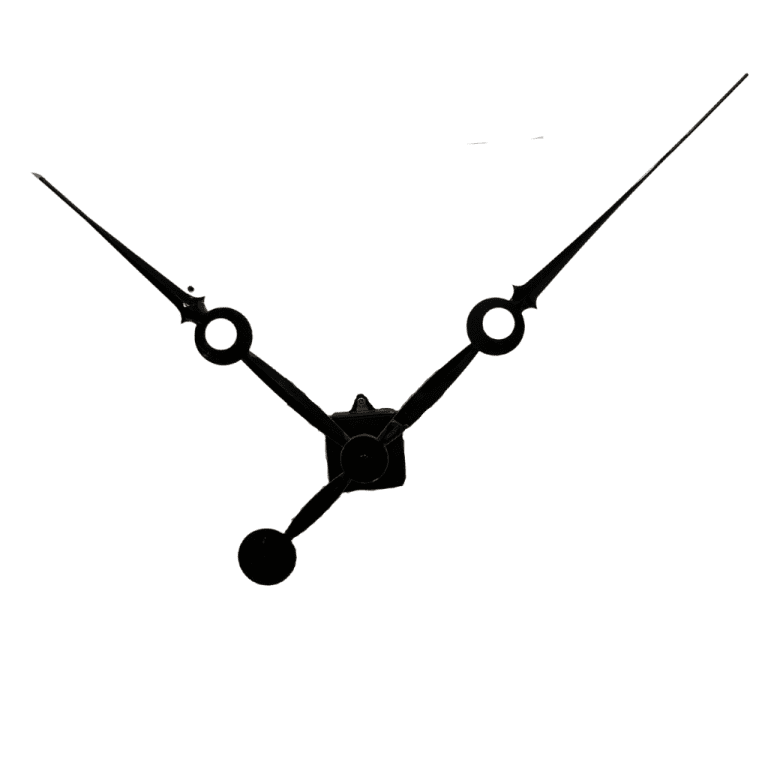Weather clocks, also known as weather stations or barometer clocks, are devices that combine timekeeping with weather prediction. They typically incorporate sensors to measure various environmental conditions and display the results alongside the current time. Here’s how they work:
Key Components and Functions:
- Barometer (Air Pressure Sensor):
- Measures atmospheric pressure.
- Changes in air pressure are used to predict weather conditions:
- Rising pressure often indicates fair weather.
- Falling pressure suggests stormy or rainy conditions.
- Many weather clocks display pressure trends as graphs or icons.
- Thermometer:
- Measures ambient temperature.
- Some models include sensors for both indoor and outdoor temperatures, using wireless transmitters for outdoor readings.
- Hygrometer:
- Measures humidity levels in the air.
- High humidity can indicate rain, while low humidity suggests dry conditions.
- Weather Forecasting Icons:
- Many weather clocks use algorithms to analyze trends in pressure, temperature, and humidity.
- The device displays weather predictions (e.g., sunny, cloudy, rainy) using icons.
- Timekeeping:
- The clock function is often integrated with atomic or radio-controlled timekeeping for accuracy.
- Some models also include alarms or calendars.
- Additional Features (Optional):
- Wind speed and direction (via anemometers).
- Rainfall measurement (via rain gauges).
- Moon phases, sunrise/sunset times, or UV index.
How They Work:
- Sensors: Built-in or external sensors collect real-time environmental data.
- Microprocessor: The collected data is processed to determine weather trends and predictions.
- Display: The information is shown on an analog dial, digital screen, or app interface, depending on the model.
Weather clocks do not provide precise long-term forecasts but offer short-term predictions (typically 12–24 hours) based on local conditions. They are practical tools for tracking immediate weather changes.



